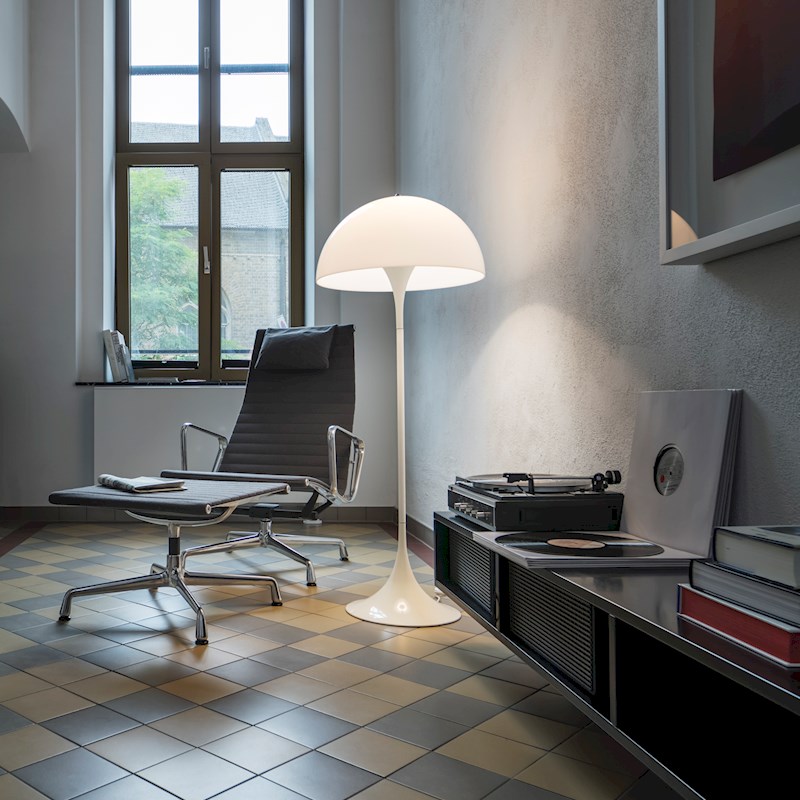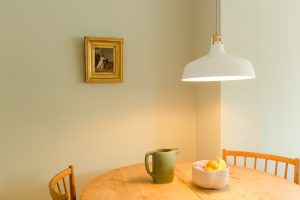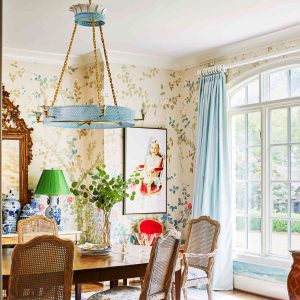What Is Scandinavian Design?


Scandinavian design is a term used to describe a minimalist style of home decor. It is known for its clean lines and natural materials. In addition to the minimal look, it also uses neutral colors and simple furniture. This type of design is perfect for people who want to create a warm, cozy atmosphere at home.
There are many different design styles that are associated with the Scandinavian movement. The focus on minimalism, organic materials, and the use of natural light are just a few of the traits that make Scandinavian designs unique. Unlike glam styles, Scandinavian design seeks to promote functionality while still maintaining a beautiful aesthetic.
Throughout the 1950s and 60s, the popularity of Scandinavian design grew. It was a popular trend throughout the United States and Canada. Gordon arranged a traveling exhibition of Scandinavian design in the U.S. and Canada in 1954-1957, which established the Scandinavian design movement as a worldwide commodity.
Although it is often thought of as a style of interior design, Scandinavian design is actually applicable to many different design disciplines. It combines beauty with functionality, and the simplicity of its designs makes it easy to incorporate into a variety of living spaces.
Aside from its aesthetic appeal, Scandinavian design is also known for its commitment to sustainability. Many Scandinavians work with renewable and organic materials and use the space within their homes as a way to practice a more eco-conscious lifestyle. For example, they make use of natural materials such as wood in order to create cozy, comfortable environments.
During the 1940s, a group of designers in Scandinavian cities began meeting to form what would become the Scandinavian design movement. While it began as an interior design movement, Scandinavian design has since expanded to include architecture and art. Throughout the late 20th century, it gained new prominence due to a renewed focus on sustainability.
As the cold climate of Scandinavia encourages the appreciation of nature, the Scandinavians have a strong affinity for simplicity. Their decor features minimal patterns and colors and little or no window treatments. Instead, they rely on natural lighting to illuminate their homes during the dark, cold winter months.
Another aspect of Scandinavian design that distinguishes it from other trends is its use of soft textiles. These materials are necessary in areas with cold climates, and they add an element of visual interest. You can easily purchase Scandinavian accent pieces at Ikea, which offers a wide range of modern trends.
Other elements that contribute to a Scandinavian design are bare wooden floors and neutral walls. White is also a mainstay of the style. By using these colors, the spaces feel larger.
In addition to its simple, elegant style, Scandinavian design also incorporates handmade and hand-sewn elements. The resulting spaces are clean and functional, and they are designed to complement both a traditional and contemporary lifestyle.
Although you don’t have to go all out with a Scandinavian style, it is definitely worth considering. Whether you want a simple home that is warm and inviting, or you are looking for a design that will allow you to showcase your personal style, the Scandinavian style is ideal for you.







